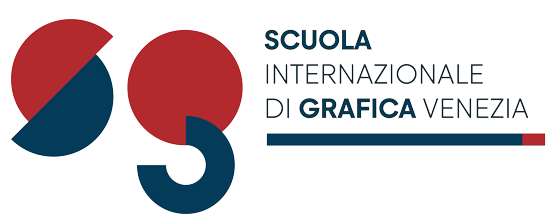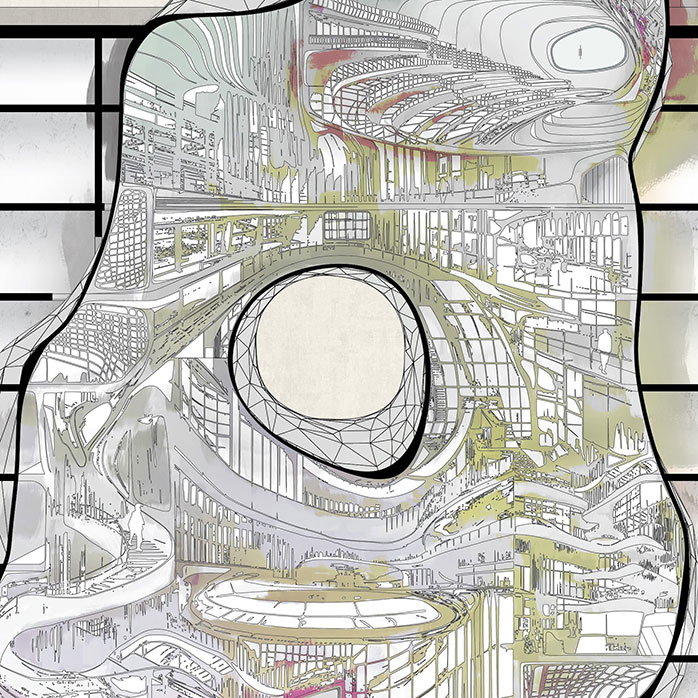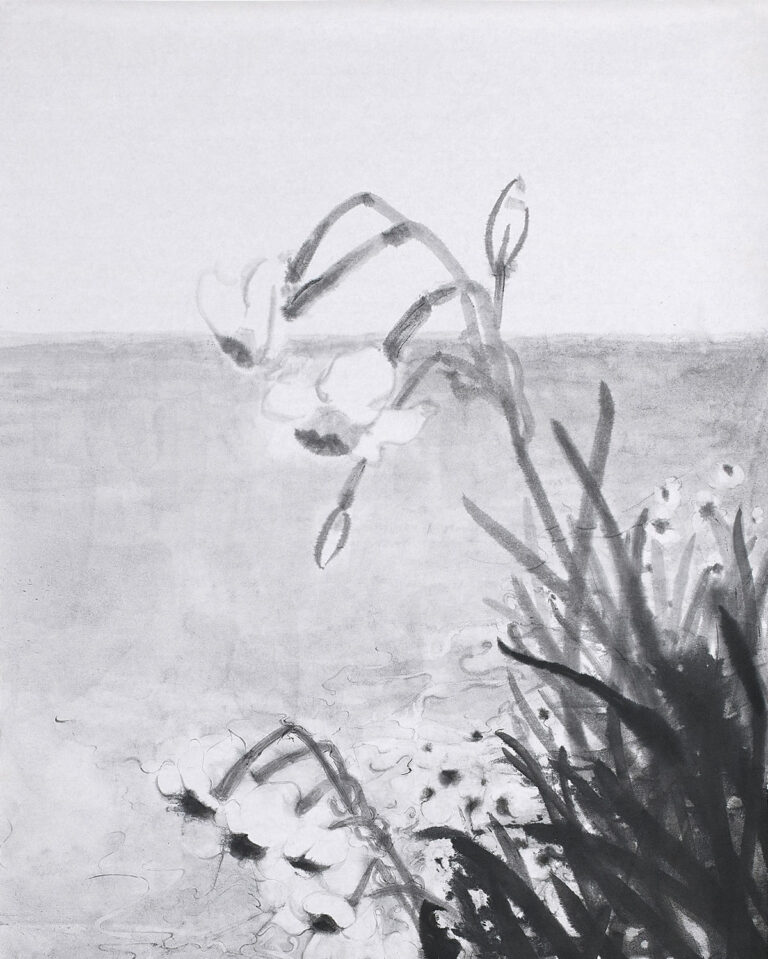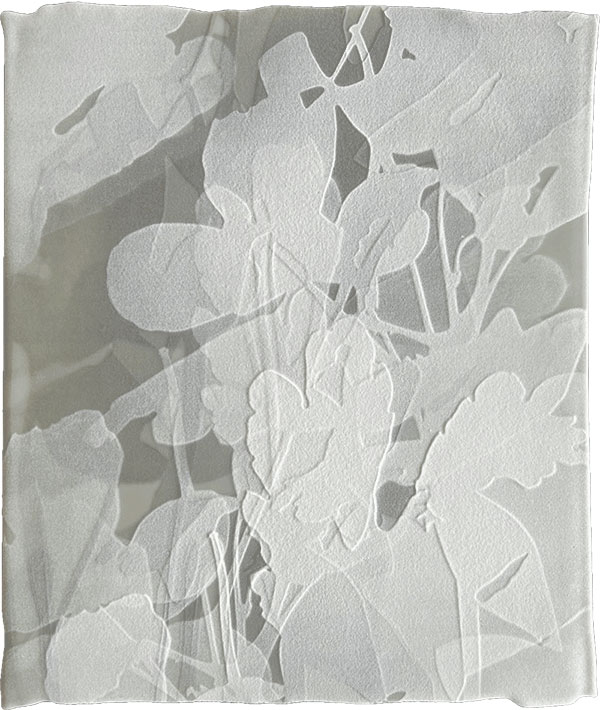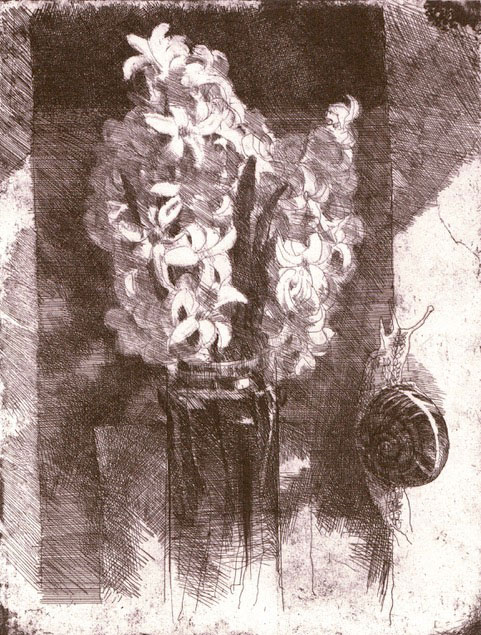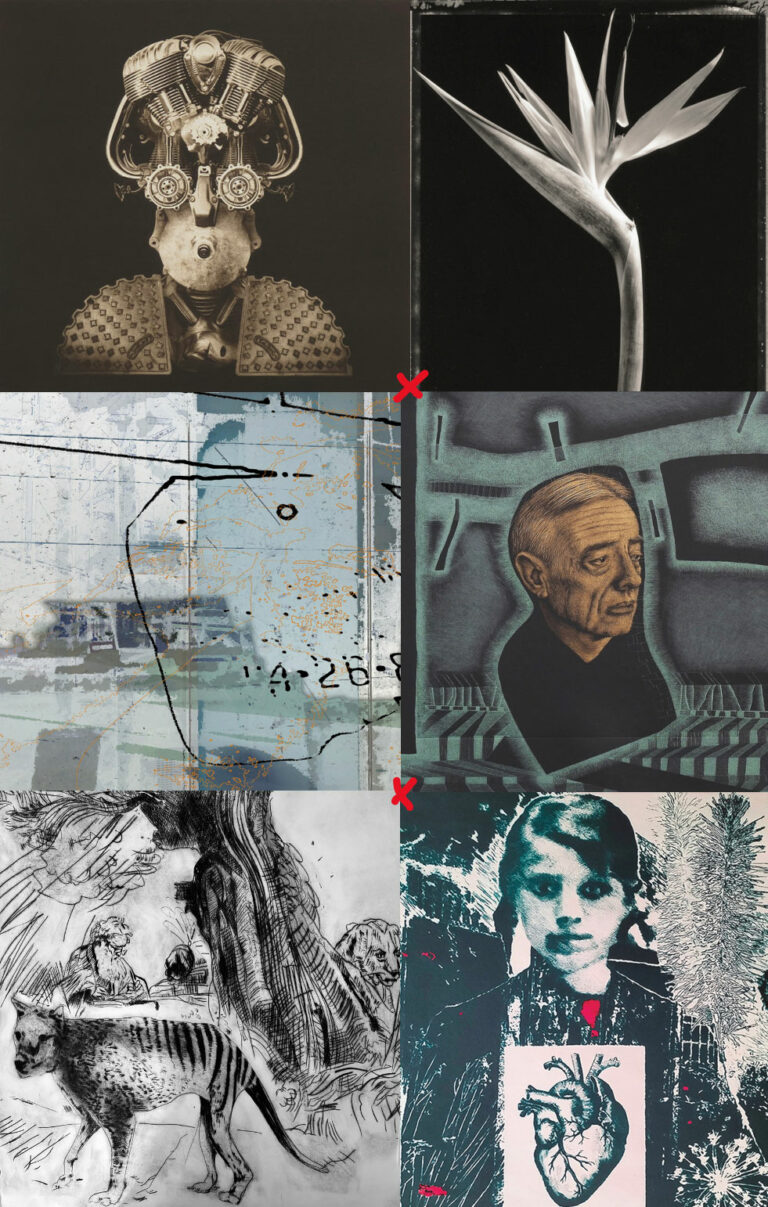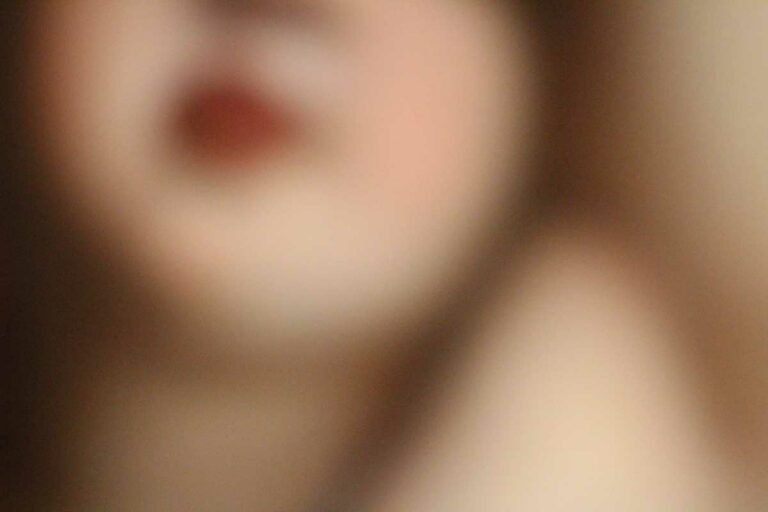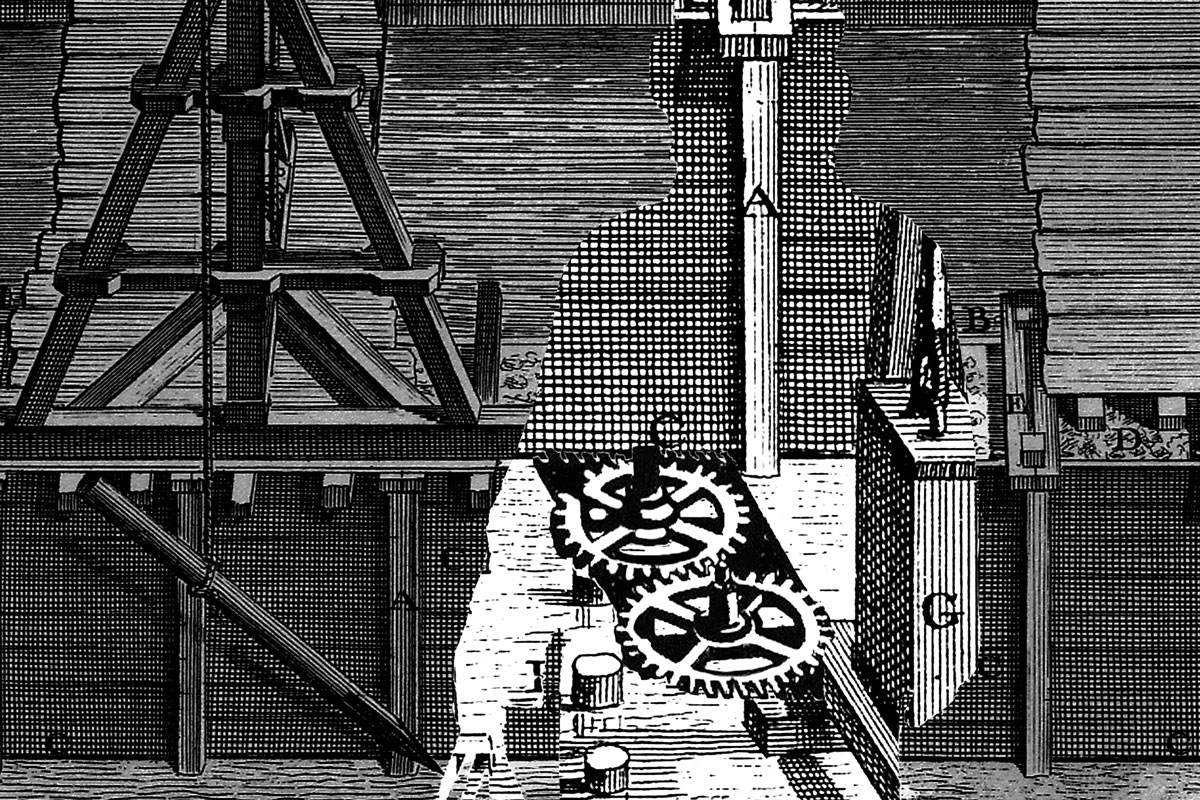
Before I left home to come to the Scuola I knew that I was going to have an exhibit in the gallery. I knew that I would need more work than I could possibly produce in 3 to 4 weeks. So, I pulled out a body of work that I call “Immigrants” which I hoped would be interesting to my colleagues.
This work started on a frozen January day in Berlin. It was our first day of touring; we went to look at the Reichstag. I was wearing many layers of clothing, a warm hat, two pairs of socks, lined boots and I had my bag of guidebooks. Standing there, freezing, all I could think about was concentration camp slave laborers dressed only in rags and terrible shoes. As much as I have read about the camps, it was this moment of being in a place I had seem so many times in newsreels, that brought an infinitesimal part of the tragedy to me in a personal way. I felt like someone who was returning to the scene of loss and pain rather than seeing it for the first time. Later, when I saw that my husband had taken a picture of me as I was lost in these thoughts, I imagined that I looked like a displaced person, perhaps someone who was being deported or waiting to be taken away on a train. There was an iconic and timeless aspect to the image.
When we returned home I photographed myself in the same clothing and created a silhouette. These images became the basis for a body of work which I also use as a jumping off point when I am trying out new materials and methods such as laser cut paper, wood and fabric, lino cut prints, etchings, screen-prints and collagraph prints.
A new body of work has recently emerged. As I look at some of the immigrant images I am drawn to the parts that have been appropriated from engravings of machinery, particularly cogs and gears. Working on the new prints is a process of coming to understand what these images mean to me.
Liz is president of Boston Printmakers. More information on:
